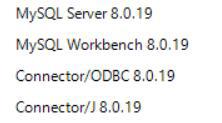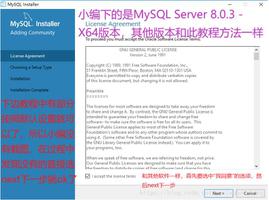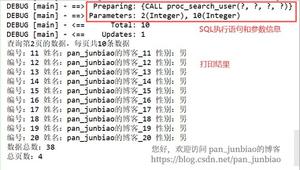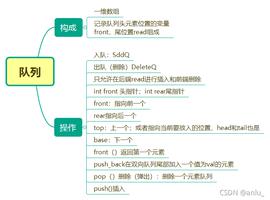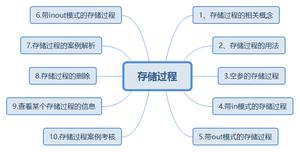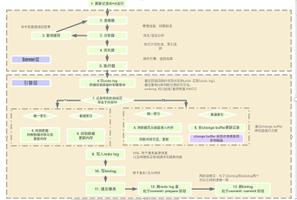SqlServer2008【存储过程】死锁查询和杀死

1 . 使用数据库中,可能出现死锁, 导致程序 无法正常使用.
Create procedure [dbo].[sp_who_lock]
(
@bKillPID Bit=0 -- 0: 查询 1: 结束掉相对应的死锁ID (可能导致数据异常)
)
as
begin
declare @spid int
declare @blk int
declare @count int
declare @index int
declare @lock tinyint
set @lock=0
create table #temp_who_lock
(
id int identity(1,1),
spid int,
blk int
)
if @@error<>0 return @@error
insert into #temp_who_lock(spid,blk)
select 0 ,blocked
from (select * from master..sysprocesses where blocked>0)a
where not exists(select * from master..sysprocesses where a.blocked =spid and blocked>0)
union select spid,blocked from master..sysprocesses where blocked>0
if @@error<>0 return @@error
select @count=count(*),@index=1 from #temp_who_lock
if @@error<>0 return @@error
if @count=0
begin
select "没有阻塞和死锁信息"
return 0
end
Declare @SBak Varchar(10)
while @index<=@count
begin
if exists(select 1 from #temp_who_lock a where id>@index and exists(select 1 from #temp_who_lock where id<=@index and a.blk=spid))
begin
set @lock=1
select @spid=spid,@blk=blk from #temp_who_lock where id=@index
select "引起数据库死锁的是: "+ CAST(@spid AS VARCHAR(10)) + "进程号,其执行的SQL语法如下"
select @spid, @blk
dbcc inputbuffer(@spid)
dbcc inputbuffer(@blk)
If @bKillPID =1
Begin
Set @SBak=CAST(@blk AS VARCHAR(10))
exec("Kill "+@SBak)
Set @SBak=CAST(@spid AS VARCHAR(10))
exec("Kill "+@SBak)
End
end
set @index=@index+1
end
if @lock=0
begin
set @index=1
while @index<=@count
begin
select @spid=spid,@blk=blk from #temp_who_lock where id=@index
if @spid=0
select "引起阻塞的是:"+cast(@blk as varchar(10))+ "进程号,其执行的SQL语法如下"
else
select "进程号SPID:"+ CAST(@spid AS VARCHAR(10))+ "被" + "进程号SPID:"+ CAST(@blk AS VARCHAR(10)) +"阻塞,其当前进程执行的SQL语法如下"
dbcc inputbuffer(@spid)
dbcc inputbuffer(@blk)
set @index=@index+1
end
end
drop table #temp_who_lock
return 0
end
GO
以上是 SqlServer2008【存储过程】死锁查询和杀死 的全部内容, 来源链接: utcz.com/z/532002.html


